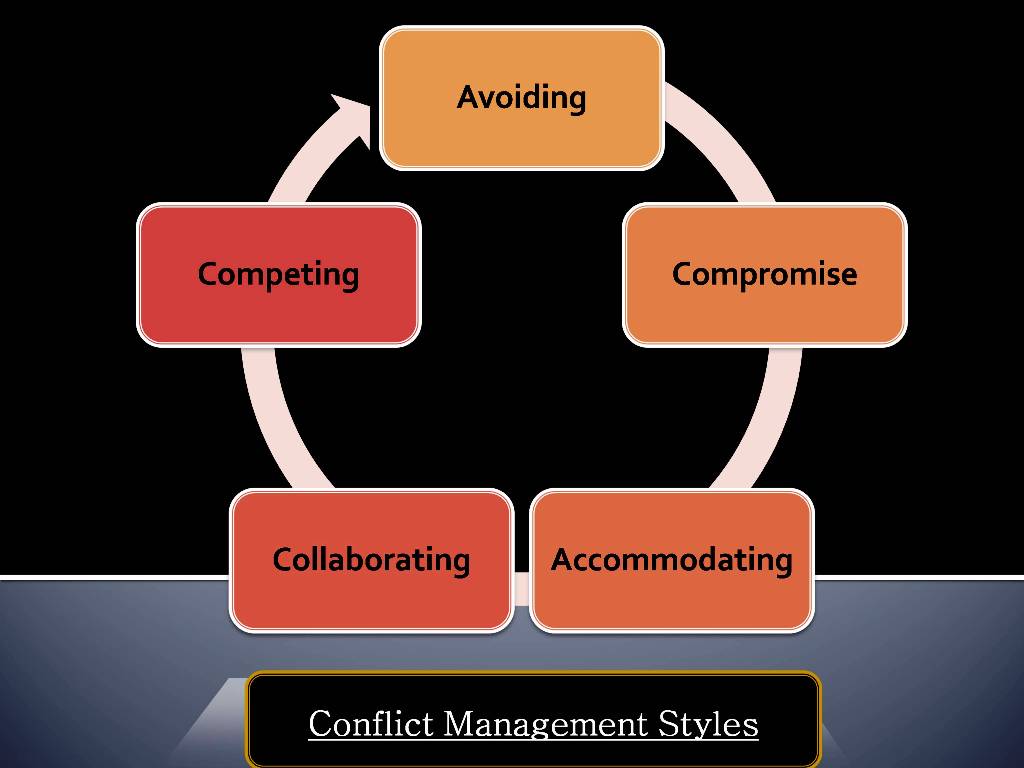The presence of conflict is the universal truth of this world. Whenever more than one person is at the same place or connected in any way, there will be conflict. The same principle applies to the business. No matter the business size, segment, industries, conflict is always there.
But when there is conflict, management works on rectifying those conflicts and ensures everyone works and prospers in a good way. In this article, we will be covering various perspectives of conflict management.
Table of Contents
What is conflict?
It is a type of disagreement or argument that leads to anger, fighting, and other ugly thoughts. It is prevalent in the workplace, and most business gurus argue that it is harmful rather than beneficial for the organizations. There are some inherent benefits of conflict, but that requires proper handling.
Types of conflict
There is no precise classification of conflict in the management, and it can arise due to multiple reasons. However, most of the experts agree on the four types of conflict.
1) Intrapersonal Conflict
This word is made with two words that are Intra + Persona. Here a person gets into conflict with their thoughts, ambitions, values, and others’ skills.
Intrapersonal conflicts are both good and bad. Once an employee acknowledges their value, the journey to excellence starts. Employees also feel eager to enhance the goals, values, and other skills to resolve the conflict going within. It also happens that an employee often falls into the trap of no confidence zone and starts feeling the inability to perform better due to conflict within.
Example:
A person looking to make a career in information technology is working in the Banking sector is a perfect example of this conflict. Someone has good years of experience and knowledge but is unable to get the desired positions in work, which also leads to intrapersonal conflict.
2) Interpersonal Conflict
This type of conflict happens between two or more people interacting with each other in any way. Mild conflict is quite natural and necessary for better performance, but when it becomes severe, it becomes a significant roadblock for growth.
Employees in conflict with their colleges many times perform better to outshine them. This conflict has subtypes such as Pseudo, ego, fact, value, policy, and meta.
Example:
Two employees fighting over the promotion issue or doing some particular work is a great example that we used to see in offices.
There are many reasons for interpersonal conflict, but it mainly occurs due to status threat, trust issues, organizational change, value differentiation, personal clashes, incivility, lack of a proper conflict management system, and more.
When facing this conflict, most of the managers choose collaboration, completion, avoidance, accommodation, and compromise ways to handle this.
3) Intragroup Conflict
This conflict occurs within a group or team that is highly harmful to the overall business. A company is all about integration, coordination, planning, management, control, and organization. Intragroup conflict hampers those business ethics as members focus more on their own goals rather than the team or group.
Example:
A manager deciding on calling all the staff on Sundays without proper consultation is an excellent example of intragroup conflict. Sometimes the manager indeed needs to take a harsh decision in the interest of the office, but there must be consent from some members.
4) Intergroup Conflict
Disagreement or confrontation within the group is called intergroup conflict. Miscommunication is the primary cause of this conflict besides lack of resources, norms rejection, superiority belief, competitiveness, organizational difference, and individual difference.
Example:
A disagreement or discord between two team members working on the same project is an example of intergroup conflict. One employee feeling superior or not communicating all the ins and outs of work let the other employee feel down. Even managers in conflict with one team member of the same team come under this category of conflict.
Conflict Theory –
Traditional view
Before the management study got more in-depth details on conflict, management used to think that conflict is the result of the dysfunctional outcome. It was also believed that poor communication and trust issues created every type of conflict.
This view was quite common until the 1940s, but there have been substantial changes in management thinking since then.
The traditional theory stresses that all conflicts are harmful, and the management should eradicate them by addressing the person creating the conflict. This theory has slowly become obsolete as many advantages of conflict have come up.
Human Relations theory
This theory stresses that conflict is a natural occurrence that indeed happens with more people who work together in a group. Conflict is inevitable, especially in these interconnected worlds where organizations focus more on integration and sync between teams, departments, and other verticals.
These views had dominated among management between the late 1940s to mid-1970s. Even some managers believe that conflict will happen, and they try to understand the root cause for proper resolution instead of blaming the individual causing the conflict.
Interactionist theory
Interactionist theory is made with the idea that human beings are social animals and love to interact with others and the world around them. This interaction gives meaning to the personal life and helps in making decisions in everyday lives.
This theory encourages the managers to maintain minimal conflict, so the group members remain creative and forward-looking. This view still resonates well within the management circle, and most conflict resolution systems depend on that.
Conflict Management Styles –
Conflict is bound to happen no matter how hard the management tries to nip this in the bud. Instead, the better way is to have a conflict management system with all the conflict solving styles.
Knowing the various styles leads to taking on the right solving strategies for an improved working environment.

1) Avoiding
This style believes that avoiding a conflict is a safer option to postpone the conflict. It tends to be unassertive and uncooperative because the person keeps away themselves from the issue. Many times, avoiding styles works has some conflict get automatically resolved by passing of time.
A conflict between two employees gets resolved if they switch the team or leave the organization for better career prospects. A manager who knows that one of the employees is trying very hard for better career opportunities waits for that thing to happen to resolve the conflict.
2) Compromise
This style is ubiquitous among a spectrum of organizations. It focuses on finding amicable and mutually acceptable solutions to every conflict by satisfying both parties. It works on resolutions while maintaining assertiveness and cooperativeness.
This style is highly effective when the outcome is not crucial, but the time involved in the conflict is essential. For example, two people fighting over silly issues get resolved this way so that the management can focus more on the other essential things.
3) Accommodating
It is just the opposite of competing here, and one party has to self-sacrifice their stance to make the other person happy. It sounds like a great style, but it is mainly misused by the strong party to take advantage of the weak.
For early conflict resolution, the person lets go of the issue, but it causes resentment in the long run. This style is only helpful when one party does not care much about the outcome.
4) Collaborating
Collaborating methods stress that the management should take an assertive as well as cooperative outlook while solving conflict. Managements of the company have planned to merge two departments into one; there will undoubtedly be some or other way of resistance and conflict.
Here, both the team managers bring all those involved in the process and try to make them understand the new merging of the team and ask a gentle warning on abiding by the management decisions.
It is the opposite to avoiding as both parties try to get a good deal, and negative feelings are minimized. It works better when the outcome is essential and there is long term relationship between the conflicting parties.
5) Competing
This style has pros and cons both at the same time. When an employee completes with a person outside his team, it is beneficial for the team and organization. However, when employees take an assertive and uncooperative outlook in their competition, it becomes harmful for the organizations.
In this style, one party does not care about the other and tries to fetch the vital outcome in their favour. Not caring about the relationship and the importance of outcome are two prerequisites of this style.
Conclusion
Hopefully, you have got a good sense of the conflict and its various properties. Just like anything else, conflict, too, has pros and cons. It’s all about the styles and resolutions process adopted by the management to tackle that.
References –
